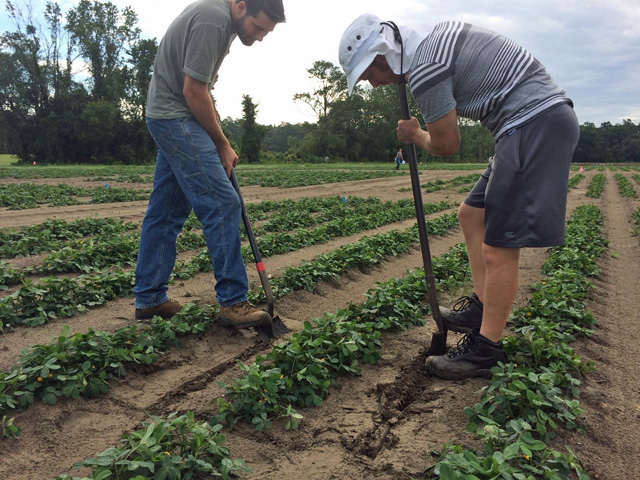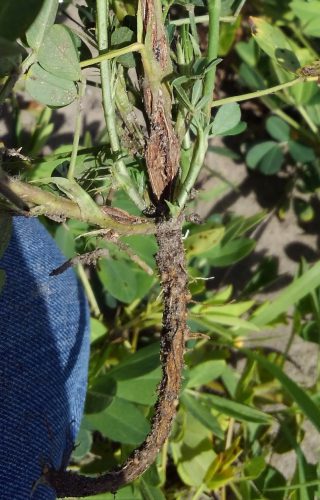
by Jennifer Bearden | Aug 18, 2017
It happens every year. You cruise peanut fields and see spots of yellowing in a field. The million dollar question is, “What is causing this yellowing?” Unfortunately, there are many answers to this question. Problems that cause yellowing in peanuts can Include:...
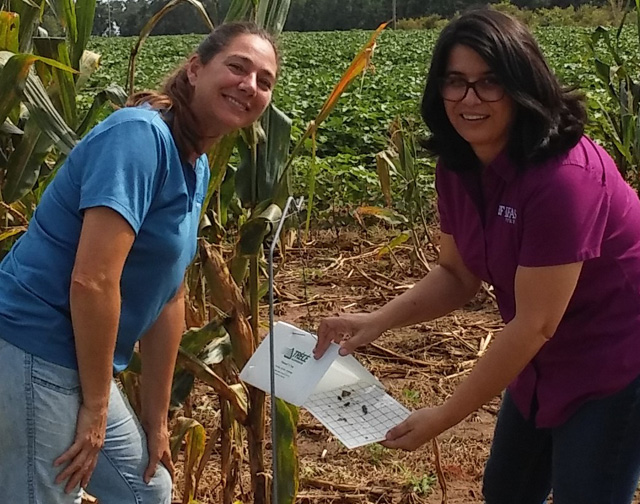
by Ethan Carter | Aug 11, 2017
Silvana Paula-Moraes began working in the fall of 2016 at the UF/IFAS West Florida Research and Education Center (WFREC) based in Jay, Florida. Originally from Brazil, Dr. Moraes completed her PhD in Nebraska. Her research has been dedicated to address several...
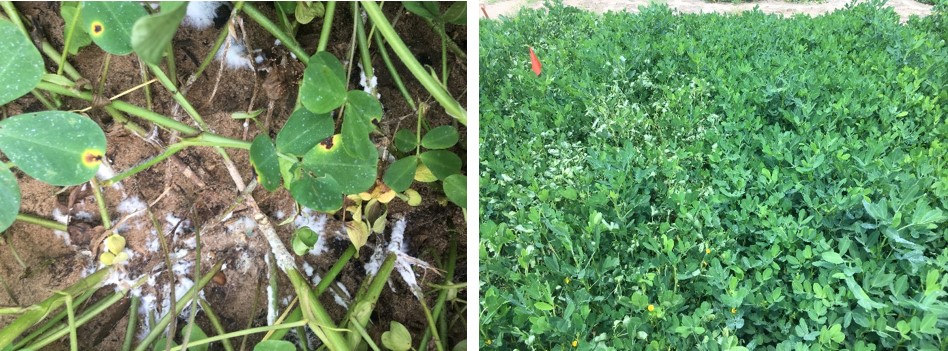
by btillman | Jul 28, 2017
The rainy June and July have been both a blessing and a curse. A blessing because the crops have not suffered for lack of water and a curse for peanut because wet fields prevented or delayed fungicide application and because it provides ideal conditions for fungal...
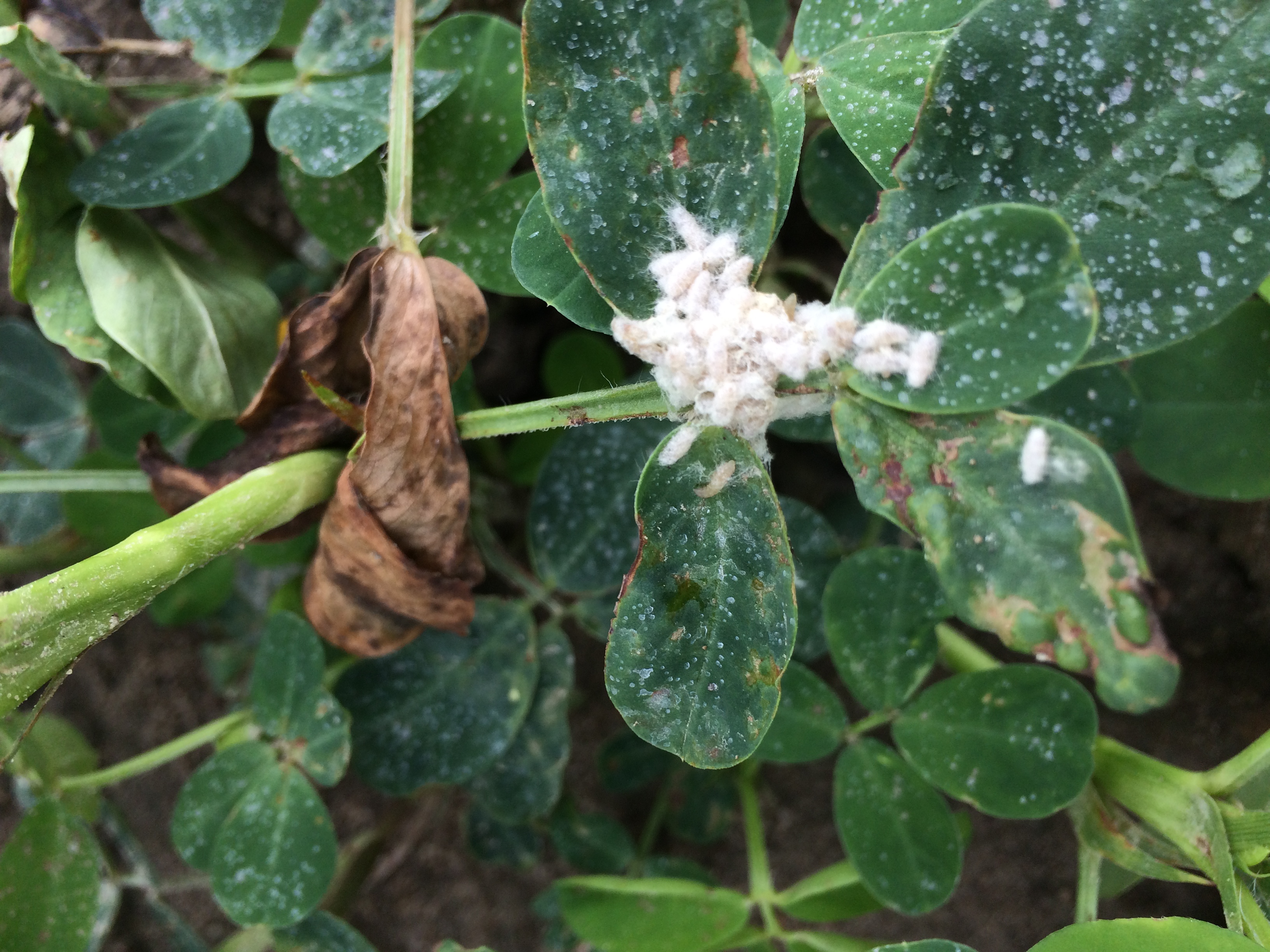
by Kalyn Waters | Jul 7, 2017
Insect management tends to focus on pests that cause damage and reduce yields, but one aspect of integrated pest management (IPM) includes the knowledge of beneficial insects that naturally control those pests. In peanuts, there are several different beneficial...
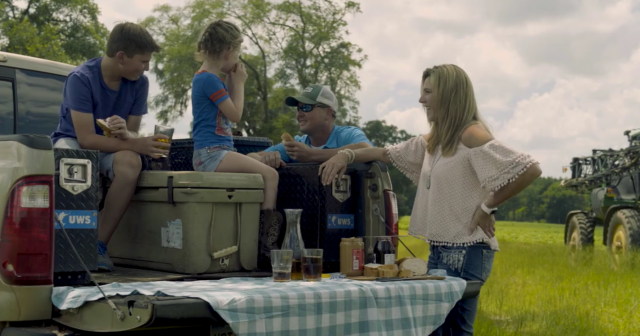
by Doug Mayo | Jul 7, 2017
This week’s featured video was developed by the Southern Peanut Farmers Federation. They have launched a campaign called The Peanut Program Works to provide support for the Price Loss Coverage or PLC Program implemented with the 2014 Farm Bill, as lawmakers...
